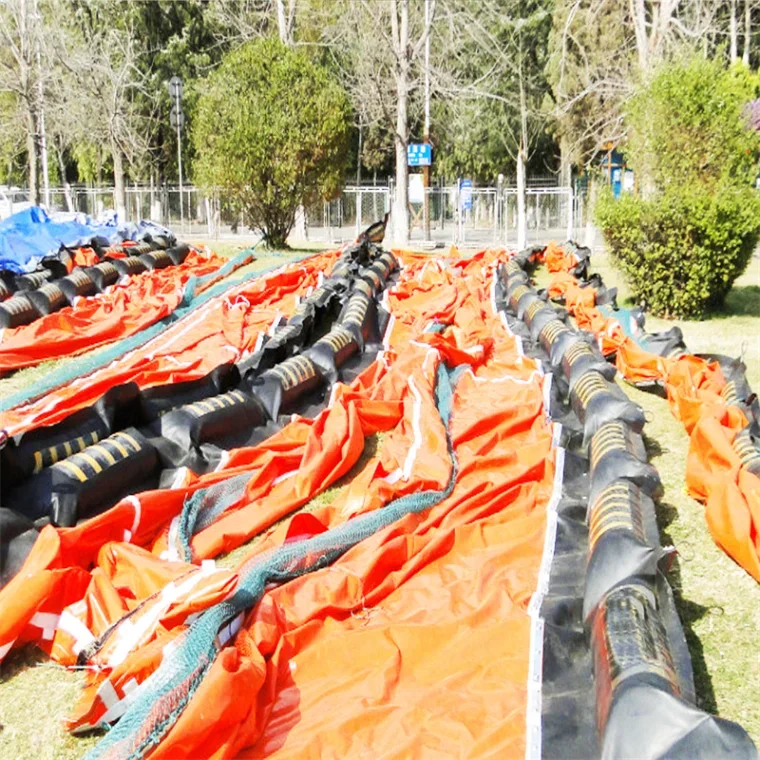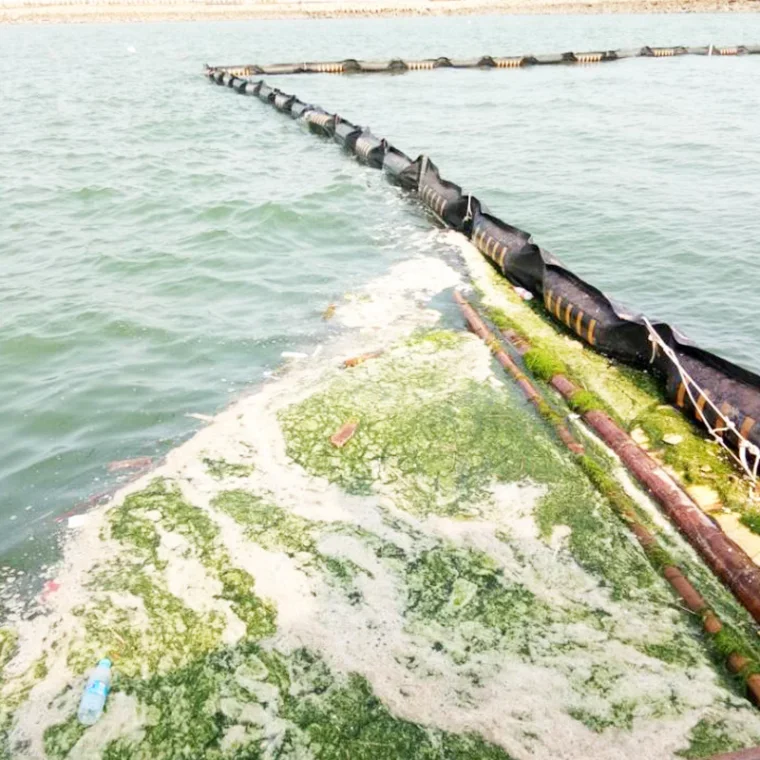Floating Oil Boom: A Solution to Prevent Oil Spills In Water Bodies
Oil spills pose a significant threat to our marine ecosystems, causing devastating environmental damage and endangering marine life. These spills can occur due to accidents during oil transportation, offshore drilling operations, or even natural disasters. To mitigate the impact of oil spills, various preventive measures and cleanup techniques have been developed. One such effective solution is thec. In this article, we will explore the importance of floating oil booms in preventing oil spills in water bodies and their role in protecting our precious marine environments.
I. Understanding Oil Spills and Their Environmental Impact
Oil spills refer to the accidental release of liquid petroleum hydrocarbons into the environment, primarily in water bodies. These spills can occur during transportation, storage, or extraction of oil and gas. They can also result from natural disasters such as hurricanes or earthquakes. Regardless of the cause, oil spills have severe environmental consequences.
When oil is released into water bodies, it forms a slick on the surface, preventing oxygen exchange between the water and the atmosphere. This deprives marine organisms of oxygen, leading to suffocation and death. The toxic components of oil can also contaminate the water, affecting the entire food chain. Birds, marine mammals, and fish are particularly vulnerable to oil spills, as the oil coats their feathers or fur, making it difficult for them to swim or fly. Additionally, oil spills can damage coastal habitats, such as mangroves and coral reefs, which are crucial breeding grounds for many marine species.

II. Introduction to Floating Oil Booms
Floating oil booms are an essential tool in oil spill response efforts. They are designed to contain and control the spread of oil on the water's surface, preventing it from reaching sensitive areas such as shorelines, estuaries, and wetlands. These booms act as barriers, physically confining the oil and allowing for its subsequent recovery or controlled burning.
A typical floating oil boom consists of a series of interconnected sections, forming a continuous barrier. The boom is made of durable materials such as PVC, polyurethane, or rubber, which are resistant to oil and can withstand harsh weather conditions. The boom is buoyant, thanks to the inclusion of floats or air-filled chambers, allowing it to float on the water's surface.
III. How Floating Oil Booms Work
Floating oil booms work by containing and diverting oil spills, preventing them from spreading further and causing more damage. When an oil spill occurs, the boom is deployed around the affected area, creating a physical barrier. The boom's design ensures that it remains afloat and maintains its structural integrity, even in rough water conditions.
The boom's ability to contain oil is due to its physical properties. The boom's skirt, which hangs below the water's surface, acts as a barrier, preventing the oil from passing underneath. The skirt is typically made of a material that repels oil, ensuring that the oil remains on the water's surface. The boom's floats or air-filled chambers provide buoyancy, keeping the boom afloat and maintaining its position.
IV. Advantages of Floating Oil Booms
Floating oil booms offer several advantages in oil spill response efforts:
1. Rapid response and containment capabilities: Floating oil booms can be quickly deployed to contain oil spills, preventing them from spreading and causing further damage. Their effectiveness in containing spills allows for a more efficient cleanup process.
2. Versatility in different water conditions and environments: Floating oil booms are designed to withstand various water conditions, including rough seas and strong currents. They can be used in open water, near shorelines, and in sensitive areas such as estuaries and wetlands.
3. Cost-effectiveness compared to other oil spill response methods: Floating oil booms are a cost-effective solution for oil spill response. They are relatively inexpensive to manufacture and can be reused multiple times, reducing the overall cleanup costs.

Conclusion
Floating oil booms play a crucial role in preventing and mitigating the impact of oil spills in water bodies. Their ability to contain and divert oil spills, along with their cost-effectiveness and versatility, make them an essential tool in oil spill response efforts. However, it is important to acknowledge their limitations and continue to invest in research and development to improve their effectiveness. By implementing proper training and maintenance protocols, and fostering international cooperation, we can work towards a safer and more sustainable future, protecting our marine ecosystems from the devastating consequences of oil spills.
The Role of Float Oil Booms in Protecting Marine Life and Ecosystems




